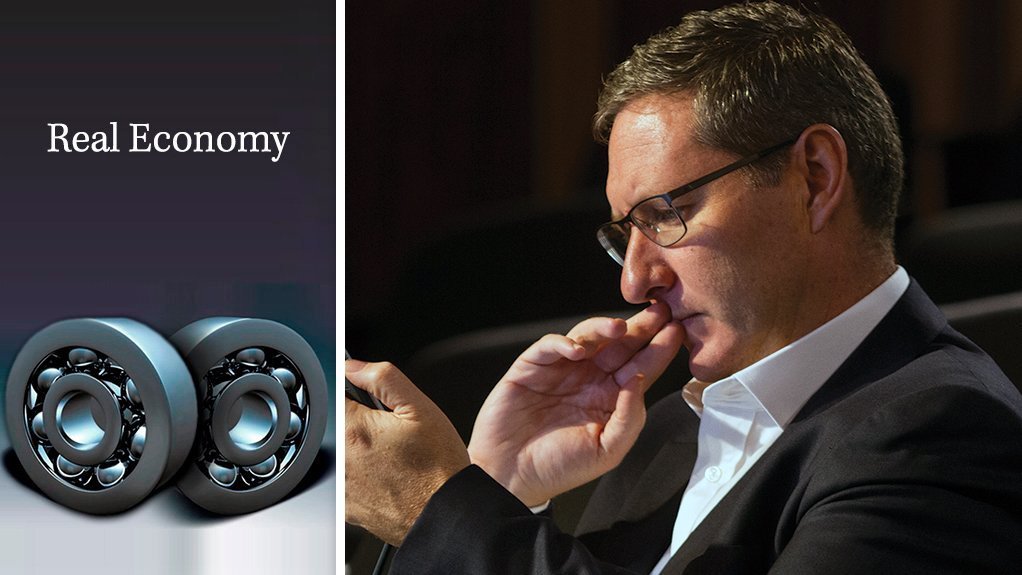The back story to the capturing of the first-ever images of a supermassive black hole, taken from the galaxy known as M87, holds lessons for South Africa as we reflect back on 25 years of democracy.
The breakthrough is scientifically breathtaking, given that a black hole’s gravity is so extreme, nothing, not even light, can escape its force. Harvard-Smithsonian Center for Astrophysics senior research fellow Sheperd Doeleman highlighted during one of the seven concurrent news conferences hosted, on April 10, to unveil the image: “We have seen what we thought was unseeable.”
As impressive as the image is, however, so was the process used to produce it. More than 200 scientists and engineers, including some from South Africa, were involved in the project, and the ‘radio photograph’ itself was generated using a global network of eight ground-based radio telescopes, known as the Event Horizon Telescope (EHT).
The feat represents what is possible in a world where the remarkable technological advances of recent times are employed to release the combined creativity and intelligence of many individuals to solve a seemingly impossible problem. The problem may well have been solved eventually by a cloistered group of scientists, but collaboration across borders and disciplines resulted in it being solved far more quickly and cost effectively.
In many ways, South Africa’s own transition from apartheid to democracy is the political counterpart of the EHT science project. Aerial images of those long, snaking lines of voters during South Africa’s first democratic election on April 27, 1994, remain potent symbols of humanity’s ability to defy hostility and mistrust and embrace harmony and collaboration.
This country became a beacon of hope, primarily because it offered a tangible case study of what is possible when political leaders have the foresight to subject themselves to a process of social dialogue and the courage to persuade those whom they represent to accept the negotiated outcomes.
Sadly, South Africa has not remained true to that pattern in recent years. Dialogue has given way to divisive political rhetoric, much as social inclusion is giving way to narrow-minded populism in many other parts of the world.
Nevertheless, South Africa’s transition and the EHT breakthrough offer a much-needed reminder that it is indeed possible, through collaboration and cooperation, to ‘see the unseeable’ and solve not only the great scientific mysteries of our times but also the planet’s most intractable social problems.
EMAIL THIS ARTICLE SAVE THIS ARTICLE ARTICLE ENQUIRY
To subscribe email subscriptions@creamermedia.co.za or click here
To advertise email advertising@creamermedia.co.za or click here











